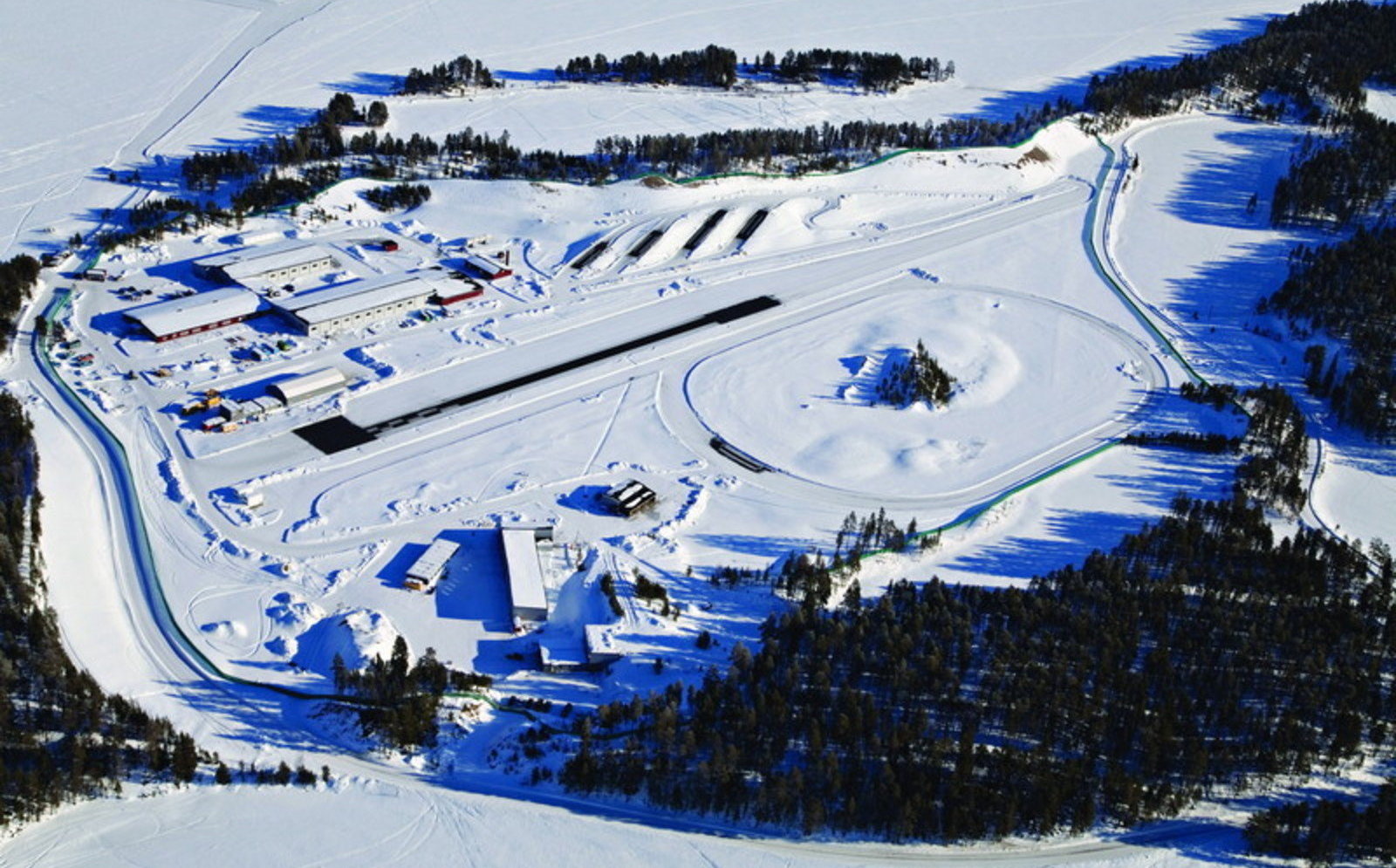The Week Ahead: Range excitement
What happens when an established practice meets an emerging trend?

You may not know it, but your car — or at least a test version of it — has probably been put through its paces in the Arctic, or close to it. Carmakers (as well as airplane makers) subject their creations to cold-weather testing at various sites in the region. Volkswagen at one time operated a facility in Kangerlussuaq, Greenland. Finland has several test tracks. Arvidsjaur, Arjeplog and Älvsbyn, a triangle of villages in Swedish Lapland, considers itself to be the world’s largest automotive winter-testing area.
If carmakers are focused on how their gas-powered cars handle, or, indeed, even start in the first place, when temperatures fall to minus 30 degrees Celsius or lower, then they are doubly concerned about how cold weather will affect the increasing number of battery-powered models they are turning out.
The reason why will be obvious to anyone who has ever used a smartphone in winter. The lithium-ion batteries of the sort that power most modern electronic devices and cold weather don’t mix. In cars, cold weather can reduce range by 12 percent, according to AAA, an American car-owners’ organisation. Turn on the heat, and it falls 40 percent. Other accessories, like wipers and defrosters, are an additional drain.
[Arctic nickel — not Arctic oil — could soon power the world’s cars]
But, if being off the grid between home and work is an inconvenience, not being able to start your car can have more serious consequences. The good news is that, unlike phone producers, carmakers can add extra equipment to reduce the strain on batteries, and drivers can be told how to operate their cars more efficiently, but both require a certain amount of data gained under the controlled conditions of the test track as well as in the real world.
The former is something that carmakers have been working to obtain ever since the re-emergence of electric cars as a viable alternative to gas-powered cars. Tesla, a maker of electric cars, put its initial models to the test in Arvidsjaur in 2007. Today, it has a cold-weather testing facility of its own in Alaska.
The latter is growing slowly, but steadily, as well. As with much when it comes to electric cars, Norway plays an outsized role; nationally, ownership rates are high thanks to policies to encourage people to convert. The penetration rate is somewhat lower in the North, due to concerns about range. Some of this may be justified, though not necessarily due to the effect of cold temperatures: a smaller population spread over a larger area means longer driving distances and fewer charging points. Even if range is good, it still might not be good enough to get you where you are going, let alone back again.
Other places, like Nuuk, Greenland, were quick to see the benefit of electric cars, and in 2015, the municipal authority began phasing them in when purchasing new fleet vehicles. Here, though, range is not an issue: Because there are no roads connecting Greenlandic towns, all traffic is local; even in winter, a daily charge is more than adequate for standard use.
At some point in the coming month (the date has not been made public) Tesla, in Tesla style, will combine both types of testing when it holds its annual winter driving event in Kemi, Finland. The event is mostly a chance to generate publicity by inviting a select group of owners of some of its models on an all-expense paid trip: this year’s event also coincides with the release of two new models in Europe. But, according to the company, it will be the first time they are subject to ice-driving in Europe. Information about their performance will help improve how Tesla programs the on-board computers that assist drivers.
The more things get disrupted, the more some things stay the same.

When: TBA
Where: Kemi, Finland
WWW: Tesla Winter Experience
Related article
Bellona’s electric car rally sparks through the Arctic on high-voltage
Also this week
A pride of the North
This week, the parade comes to the Arctic, when Rovaniemi, Finland, holds Arctic Pride. Pride is short for ‘gay pride,’ and the activities held during what is typically a week-long festival celebrate LGBTI (lesbian, gay, bisexual, transgender and intersex) culture.
Activities, which culminate with a parade, tend to be ebullient, though some address weightier issues relevant to these groups, such as discrimination and other problems with being accepted by society at large.
Originally a big-city thing, Pride activities are now found in most cities and towns. In the Arctic, Kiruna (which also hosts Sápmi Pride), Nuuk, Anchorage are on the list of cities where the event is regularly held. Tromsø also bills its festival as ‘Arctic Pride,’ though it holds it in November.
When: Feb 25-Mar 3
Where: Rovaniemi, Finland
WWW: Arctic Pride (Rovaniemi)
Related article
Sweden’s Indigenous Sami People Held Their First Ever Pride Event
Third time for SAR
Ever wonder how a large-scale search-and-rescue operation in Arctic waters might unfold? You aren’t alone. As more ships travel to and through the region, the people who will be responsible for organizing a rescue expect it is just a matter of time, and, as a consequence, they are putting a lot of effort into figuring out how to save as many lives as possible and to protect the environment.
Such operations are more complicated than you might think, involving, at least in the Norwegian case (see video below), fighter jets, cargo planes, surveillance aircraft, helicopters, drones, satellites and more.
[Norwegian Coast Guard in race against ice after trawler runs aground near Svalbard]
Spoiler alert: The video has a happy ending, but if that is to be the case in real life, search-and-rescue professionals will need to labor over every detail. One recent study, for example, found that, even in cold weather, the recommended water ration would likely be inadequate. Another consideration that should have been obvious, but had not been considered: What do people waiting aboard a life raft for several days do when they need to go to the bathroom?
This week, ARCSAR, an EU-funded project that brings together practitioners involved in front-line response, will hold the last of a series of three workshops looking into specific details related to search-and-rescue operations. On the agenda are discussions about technology, equipment, situational awareness and involving indigenous groups in operations. Previous meetings looked at things like the Polar Code and how to prevent accidents from happening in the first place.
In the event of an accident, time is not going to be on their side; all the more reason to make sure that the clock never starts ticking.
When: Feb 26-28
Where: Rome, Italy
WWW: ARCSAR
Related article
A joint Arctic emergency response network gets underway
Another week, another Kirkenes event
Still grappling with the issues related to China’s emergence as an Arctic power? This week, Kirkenes, Norway, hosts Kirkeneskonferansen, its second meeting in three weeks to consider how developments in the Arctic affect the Barents region, and where it will fit in an in increasingly internationalized North.
When: Feb 27-28
Where: Kirkenes, Norway
WWW: Kirkeneskonferansen
Related Article
At Barents meeting, Lavrov blasts Norway over relations on Svalbard
The Week Ahead is a preview of some of the events related to the region that will be in the news in the coming week. If you have a topic you think ought to be profiled in a coming week, please email ne**@ar*********.com.